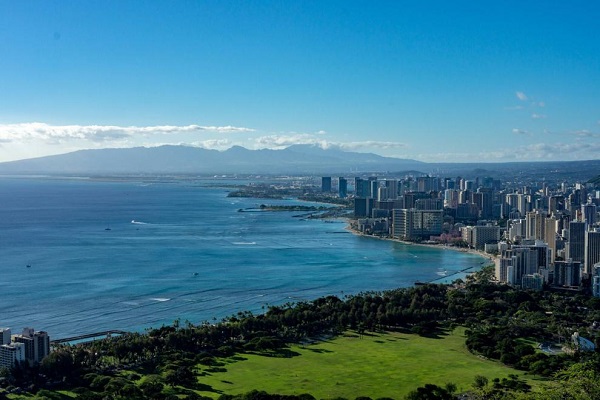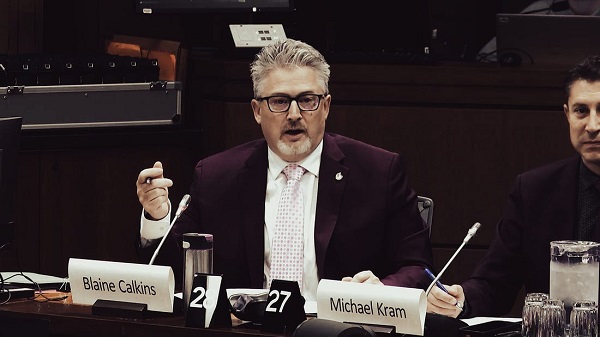From The Center Square
By Kim Jarrett
Hawaii recently entered into a settlement in a first-of-its-kind lawsuit that requires the state to implement climate change initiatives by court order, setting forth a potential template for lawsuits in other states.
Thirteen young people, at least one as young as nine, filed the lawsuit against the Hawaii Department of Transportation in June 2022. They said the state DOT needed to do more to protect the state and their future from climate change.
The state spent $3 million settling the lawsuit, money the attorney general’s office said was “well-spent” to avoid a trial that would have started June 24.
The settlement provides a road map of tasks the DOT must do per the court order. These include creating a greenhouse gas reduction plan for the Hawaii Department of Transportation that could cost the state more. Only one price tag is included in the plan—$40 million for public electric charging stations and charging infrastructure for all state and county vehicles by 2030.
The agreement includes a dispute-resolution component that could keep differences out of court. But, the First Circuit of Hawaii will oversee the settlement until 2045 if Hawaii has not met its zero-emission goals.
The Hawaii Department of Transportation must receive “sufficient appropriations” from the Hawaii Legislature, but the settlement does not include a specific amount for the other requirements.
Gov. Josh Green admitted it would not be inexpensive or easy. He said the court order would help him when he had to go to the Legislature and say, “Look, we have to do this.”
“We have these policies in mind but we don’t have the resources that come from the Legislature,” Green said. “We don’t often have the absolute insistence of the courts to do certain things so having a settlement like this creates some guarantees.”
For two years, the governor has pushed for a $25 tourist fee that has not passed the Legislature.
“We have 10 million individuals that come to Hawaii every year,” Green said. “Can you imagine only for a moment if we successfully were humbly asking people to pay $25 when they came to the state? That would be $250 million every single year to pay for the bikeways, extra to bring very advanced analytics to what our carbon impact is from any of the technologies we use, money to get bond to navigate major protections against erosion of the coastline.”
Thomas Yamachika, president of the Tax Foundation of Hawaii, told The Center Square, “There’s going to be some pain,” when finding money to implement the settlement’s initiatives. The Legislature passed tax breaks this year to increase the standard income tax deduction in odd years and lower tax rates for all brackets in even years. It’s possible those tax cuts could be “walked back,” Yamachika said.
Truth in Accounting, which does an annual financial analysis of the 50 states, told The Center Square that Hawaii is already $11 billion in debt.
“The state doesn’t have money sitting around that can be used for settlements like this,” said Sheila A. Weinberg, founder and CEO of Truth in Accounting. “To pay for this settlement, taxes will have to be raised or services and benefits will have to be cut. The other option is to even underfund the pension and retiree health care benefits even more.”
Hawaii is the first to settle a climate change lawsuit, but it may not be the last. The case may set a precedent in other states where young people have filed lawsuits over climate concerns, according to an op-ed written by Cara Horowitz, executive director of the Emmett Institute on Climate Change and the institute’s communications director, Evan George.
“Many defendants facing climate lawsuits — notably including Hawaii officials in the earlier stages of this case — often protest that climate change policy should be made by legislatures, not judges,” Horowitz and George said in the op-ed published in the Los Angeles Times. “This landmark settlement demonstrates that the courts can hold decision-makers accountable if they fail to live up to their promises.”


















